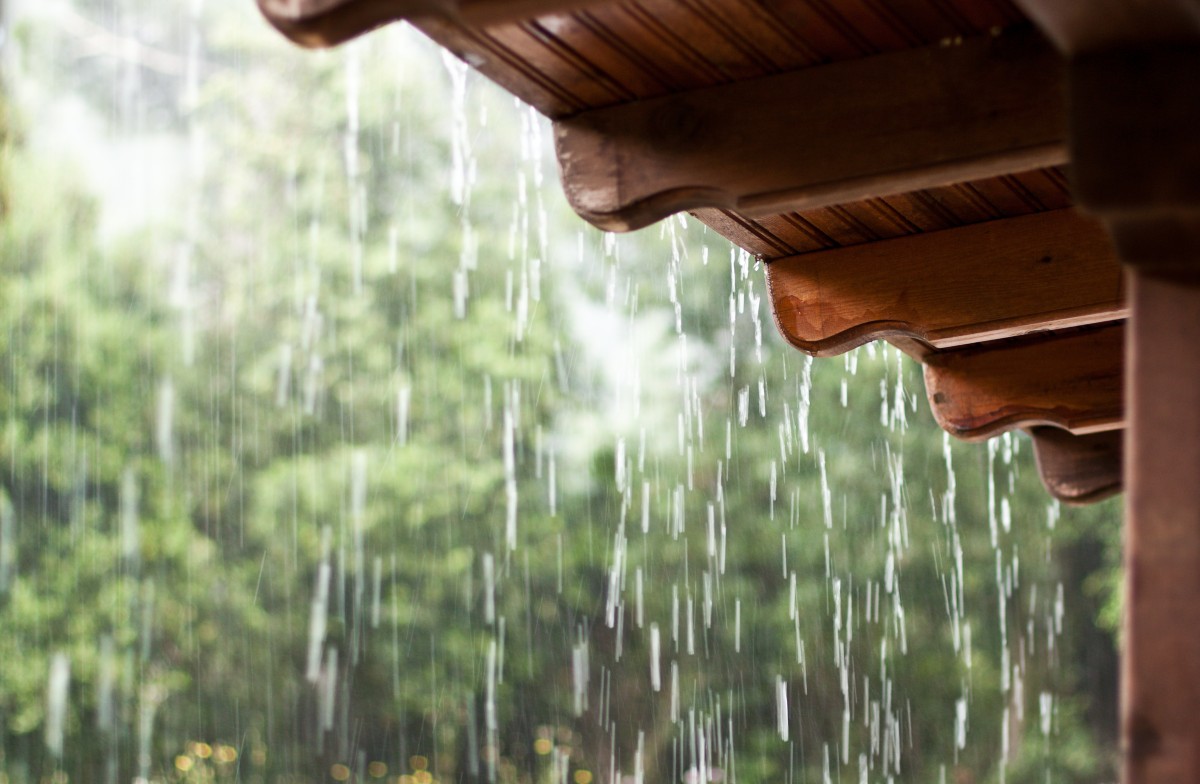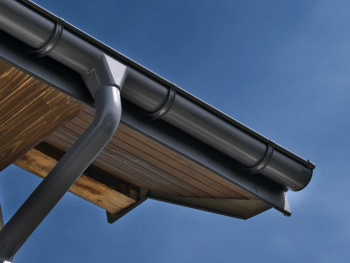Your roof is your home’s first line of defense against the elements, and weather conditions can have a significant impact on its durability and lifespan. Understanding how different weather patterns affect your roof and knowing how to mitigate these effects is crucial for maintaining a safe and secure home. This detailed guide will explore the various ways weather impacts your roof and provide actionable tips on how to protect and maintain it.
1. The Effects of Sun Exposure
UV Radiation:
- Damage to Shingles: Prolonged exposure to ultraviolet (UV) radiation from the sun can cause shingles to deteriorate. Asphalt shingles can dry out, crack, and become brittle, leading to premature aging.
- Fading and Discoloration: UV rays can also cause the color of roofing materials to fade over time, affecting the aesthetic appeal of your home.
Heat Exposure:
- Thermal Expansion: High temperatures cause roofing materials to expand, and when temperatures drop, they contract. This constant expansion and contraction can lead to material fatigue and cracks.
- Reduced Energy Efficiency: Excessive heat can penetrate the roof, making your home’s cooling system work harder and increasing energy bills.
Protection Strategies:
- Reflective Roofing Materials: Use roofing materials with reflective properties to reduce heat absorption. Light-colored shingles or cool roofing materials can help reflect sunlight.
- Attic Ventilation: Ensure proper attic ventilation to reduce heat buildup. Adequate ventilation can help dissipate heat and prolong the life of your roof.
- Regular Inspections: Schedule regular roof inspections to identify and address any signs of UV or heat damage early.
2. Impact of Rain and Moisture
Water Damage:
- Leaks and Seepage: Heavy rainfall can lead to leaks if your roof has damaged or missing shingles, compromised flashing, or deteriorated sealant. Water seepage can damage the roof deck and interior of your home.
- Mold and Mildew Growth: Persistent moisture can promote the growth of mold and mildew, which can damage roofing materials and pose health risks.
Standing Water:
- Ponding: Flat or low-sloped roofs are particularly susceptible to ponding, where water accumulates and doesn’t drain properly. Standing water can lead to roof deterioration and leaks.
Protection Strategies:
- Proper Drainage: Ensure your roof has an effective drainage system, including clean gutters and downspouts, to prevent water buildup.
- Sealant and Flashing Maintenance: Regularly check and maintain sealants and flashing around roof penetrations, such as chimneys and vents, to prevent leaks.
- Timely Repairs: Address any signs of water damage or leaks immediately to prevent further issues. Keep an eye out for water stains on ceilings and walls inside your home.
3. The Impact of Wind
Wind Uplift:
- Loose or Missing Shingles: High winds can lift and remove shingles, especially if they are already damaged or not properly secured. This can expose the underlying roof deck to the elements.
- Debris Damage: Wind can carry debris, such as branches and leaves, onto your roof, causing physical damage or clogging gutters and downspouts.
Structural Stress:
- Roof Integrity: Strong winds can put pressure on the structural integrity of your roof, leading to potential damage to the roof deck and support structures.
Protection Strategies:
- Secure Shingles: Ensure shingles are properly installed and secure. Use roofing nails or adhesives as recommended by the manufacturer.
- Trim Trees: Regularly trim trees near your home to minimize the risk of falling branches during high winds.
- Wind-Resistant Materials: Consider using wind-resistant roofing materials, such as metal roofing or impact-resistant shingles, in areas prone to strong winds.
4. Effects of Snow and Ice
Snow Accumulation:
- Excess Weight: Accumulated snow can add significant weight to your roof, potentially leading to structural stress or even collapse in extreme cases.
- Ice Dams: When snow melts and refreezes at the edge of the roof, it can create ice dams. Ice dams prevent proper drainage and can cause water to back up under shingles, leading to leaks.
Freeze-Thaw Cycles:
- Material Expansion: Repeated freeze-thaw cycles can cause roofing materials to expand and contract, leading to cracks and damage.
Protection Strategies:
- Snow Removal: Safely remove excess snow from your roof using a roof rake. Avoid using tools that could damage the shingles.
- Insulation and Ventilation: Proper insulation and ventilation in the attic can prevent the formation of ice dams by keeping the roof surface temperature consistent.
- Ice Dam Prevention: Install ice and water shields along the edges of the roof and in valleys to provide an extra layer of protection against ice dams.
5. Impact of Hail
Physical Damage:
- Shingle Damage: Hailstones can cause significant damage to shingles by cracking, denting, or dislodging granules. This damage can compromise the protective layer of the roof.
- Roof Penetrations: Large hailstones can penetrate the roofing material, leading to leaks and structural damage.
Granule Loss:
- Asphalt Shingles: Hail impact can dislodge granules from asphalt shingles, reducing their effectiveness and lifespan.
Protection Strategies:
- Impact-Resistant Materials: Use impact-resistant roofing materials designed to withstand hail damage. These materials are often rated and certified for their durability.
- Routine Inspections: After a hailstorm, conduct a thorough inspection of your roof to identify and repair any damage promptly.
- Insurance Coverage: Ensure your homeowner’s insurance policy covers hail damage. This can help mitigate repair costs after a severe hailstorm.
6. General Maintenance Tips for Weather Protection
Regular Inspections:
- Schedule professional roof inspections at least twice a year and after major weather events to identify and address any damage or potential issues.
Prompt Repairs:
- Address any damage or wear and tear immediately to prevent small issues from becoming major problems. Prompt repairs can extend the lifespan of your roof.
Gutter Maintenance:
- Keep gutters and downspouts clean and free of debris to ensure proper drainage and prevent water buildup.
Roof Cleaning:
- Remove debris, moss, and algae from the roof surface to prevent moisture retention and material degradation.
Sealant and Flashing Checks:
- Regularly inspect and maintain sealants and flashing around roof penetrations to prevent leaks and water damage.
Weather conditions can have a profound impact on your roof, affecting its durability, efficiency, and lifespan. By understanding how different weather patterns impact your roof and implementing appropriate protection strategies, you can ensure your roof remains in excellent condition. Regular maintenance, timely repairs, and the use of high-quality materials are essential for protecting your investment and ensuring the safety and comfort of your home.




